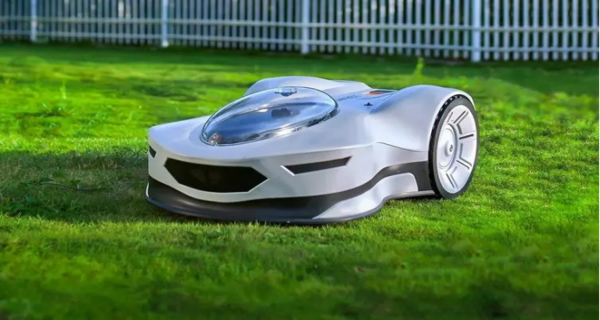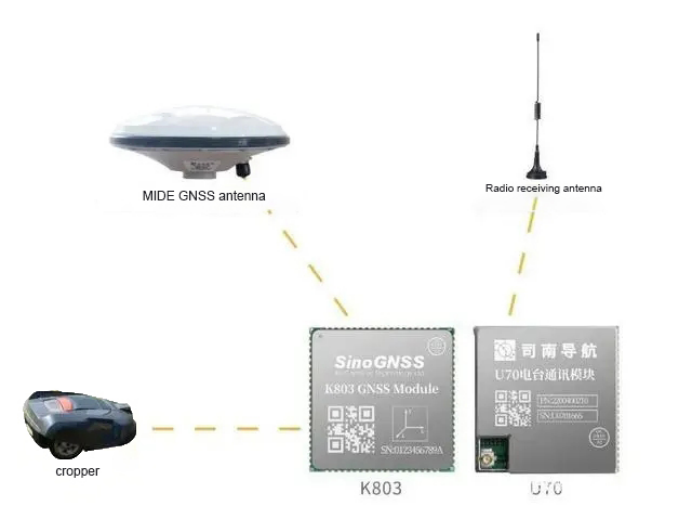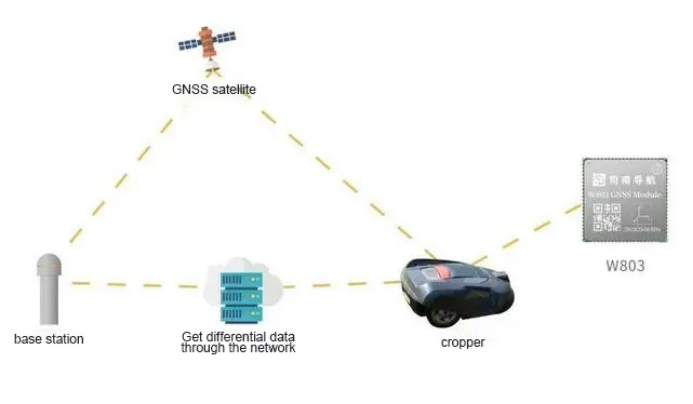News
Site Editor
 Site
https://mide-act.usa72.wondercdn.com/uploads/image/635cdcc32f0fa.png
Internet of Things and sensing, robots have been developed for diverse applications, including security, outdoor inspection, mowing, and marking.
Site
https://mide-act.usa72.wondercdn.com/uploads/image/635cdcc32f0fa.png
Internet of Things and sensing, robots have been developed for diverse applications, including security, outdoor inspection, mowing, and marking.
Introduction of GNSS Antenna for Robots
Views: 452
Author: Site Editor
Publish Time: 2023-03-08
Origin: Site
Robots are revolutionizing various industries, including manufacturing and human lifestyle. With advancements in technologies like artificial intelligence, cloud computing, Internet of Things and sensing, robots have been developed for diverse applications, including security, outdoor inspection, mowing, and marking.
High-precision positioning technology revolutionizes lawn mower
For example, in the lawn mower industry, traditional mowers rely on visual and acoustic sensors, burying cables and using eddy current sensors for navigation. However, these methods have drawbacks, including the need for laying cables and equipment in advance, which is complex and costly. To overcome these limitations, high-precision positioning technology, such as GNSS, can provide real-time sub-meter, decimeter and centimeter-level accuracy, even in complex environments, when combined with inertial navigation, vision, radar and other sensors.

Mide GNSS antenna for lawn mower and marking robot
Mide has been developing high-precision GNSS antennas for many years, and its products have been widely applied by lawn mower and marking robot manufacturers at home and abroad. These antennas feature high precision, small size, stable phase center, high gain, and good compatibility. Mide provides customized designs to meet the increasing needs of the robot industry.
The high-precision positioning system for mowers includes a base station system and a vehicle-mounted system. The base station provides differential data for the on-board part to achieve centimeter-level positioning. The on-board part includes a GNSS antenna, a high-precision module, a wireless data transmission module, and a radio receiving antenna. Three schemes are recommended: a single base station, base station+vehicle terminal, or a self-built CORS network, depending on the working range and other factors.
Vehicle terminal part
The vehicle-mounted end part refers to the part installed on the mowing locomotive, mainly including Beidou/GNSS antenna, Beidou/GNSS high-precision module, wireless data transmission module and radio receiving antenna. The onboard part obtains the differential data of the reference station. Three schemes are recommended:
-
Establish a single base station, base station+vehicle terminal: "1+1" mode, which can obtain differential data through wireless data transmission module;

Applicable to: application scenarios with working range within 10km.
(2)By acquiring local CORS (or ground-based enhancement network) data, the on-board part can log in to the CORS center to obtain differential data through GPRS/4G, which requires GPRS/4G mobile network communication fee and CORS differential data service fee;

Applicable to: the local CORS service is relatively stable, the differential data service fee is low, and the scope of work is relatively large.
(3)Self-built CORS network can build benchmark stations in different places according to their own needs; Only GPRS/4G mobile network communication costs and subsequent base station maintenance costs are required;
Applicable to: application scenarios where the local CORS service is unstable, the differential data service fee is expensive, and the user's work coverage is relatively large.
In summary
The use of high-precision positioning technology can greatly improve the efficiency and effectiveness of lawn mowers and marking robots. Mide's high-precision GNSS antennas provide a reliable and customizable solution for robot manufacturers. If you are interested in our products kindly contact us today.






